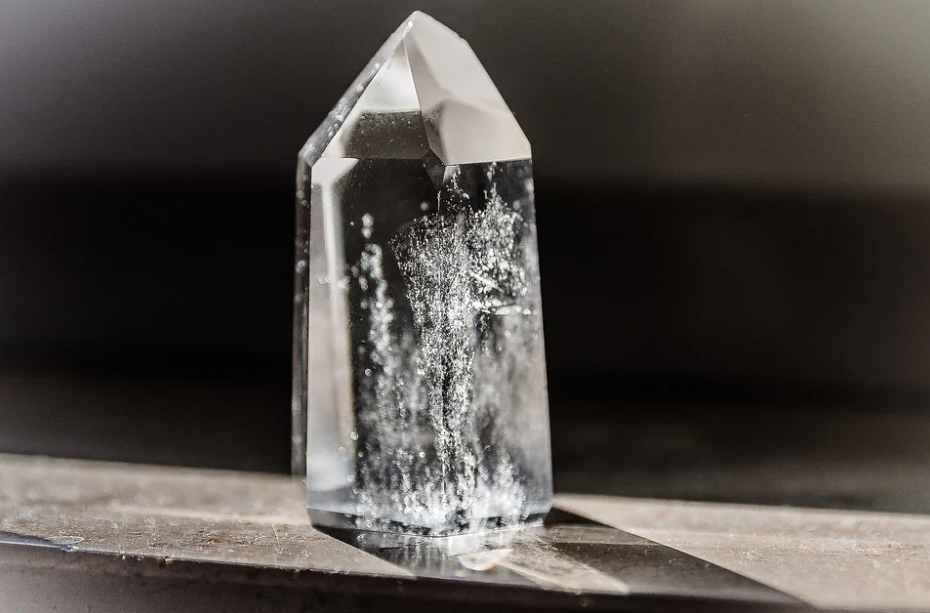3D printing technology has advanced greatly over the past few years. We can now print practically anything from household items to hyper-detailed models from your garage. However, one thing that still eludes us is how to create transparent prints? PMMA filaments is a new product released by Mitsubishi Chemicals that claims to provide extremely transparent 3D prints that are suitable for outdoor applications.
What is PMMA?
Polymethyl methacrylate or PMMA is a thermoplastic that displays strength, lightness, and transparency. If you’re familiar with acrylics for clear windows, display cases, and signages, PMMA is the same thing. It serves as a plastic alternative to glass with similar clarity and UV resistance. The only differences are that PMMA is lighter, more affordable, and less dense. It can also be used in 3D printing, unlike glass.
The most important feature of PMMA is its good impact strength, however it is not as strong as polycarbonate. PMMA is best for transparent, rigid, inflexible, and considerably strong 3D-printed objects, such as outdoor decor, lamps, optical instruments, and other architecture and design applications.
Tips on printing with PMMA
1. PMMA requires higher printing temperatures
PMMA is a material that needs a printing temperature of 245°C to 255°C to print successfully. But at the lower end of the temperature range, it may cause blobbing and inconsistency during extrusion. Meanwhile, printing it at around 250°C and up makes the extrusion flow and printing easier and more consistent.
As this is a filament that is sensitive to temperature, you have to make sure to make the temperature consistent throughout printing and cooling. The heat bed has to be maintained at 100°C. Meanwhile, your 3D printer has to have an enclosure to prevent shrinkage during cooling.
2. Slow printing speed is key
PMMA is not a filament that takes kindly to high-speed printing. The recommended printing speed is 30 mm/sec or less. Slow printing speed results in better layers and smoother flow.
3. Optimal extrusion flow is key to print transparency
Surface inconsistencies and blobbing can affect material transparency. The key to print transparency is to optimize the extrusion flow by:
- Following the recommended Temperature and Speed
- Tighten the printer hardware to prevents shaking and vibration
- Place printer on a sturdy surface
By following these recommendations the printing flow will be smoother and consistent, resulting in a high quality finish.
4. Bed adhesion may be a problem
In some cases, PMMA has difficulty in adhering to the bed. When that happens, you need to use a bed adhesive, such as EasyFix Bed Adhesives or heat bed surface sheets.
5. Not food-safe
Although it is a bit similar to PETG, PMMA is not as food-safe. If you want a food-safe filament, PETG and PP are your best bets.
3Diakon PMMA is the best PMMA on the market today!
While regular PMMA is reportedly hard to print with, the FormFutura 3Diakon PMMA is not! Another thing that makes the 3Diakon PMMA stand out is that you don’t need to use acetone to smoothen it. You can achieve an extra smooth and transparent finish with this filament by merely sanding and polishing your print. For inquiries, you can contact us by phone or email.

